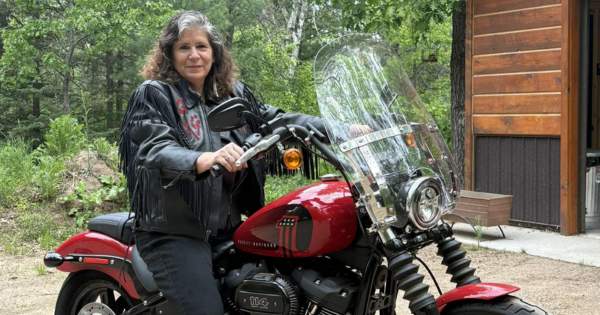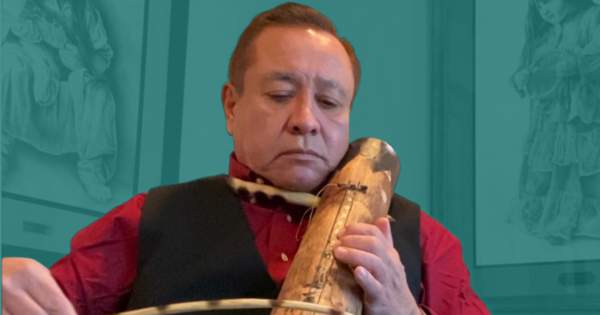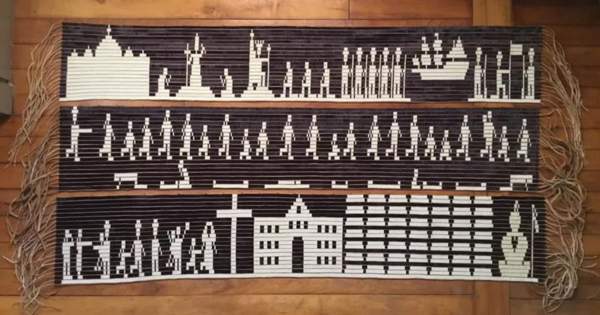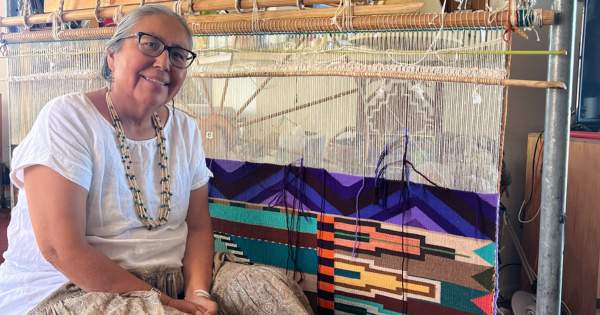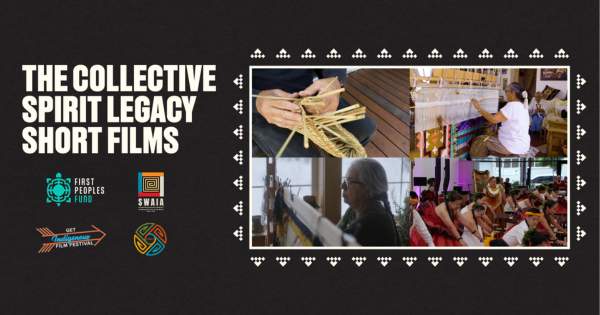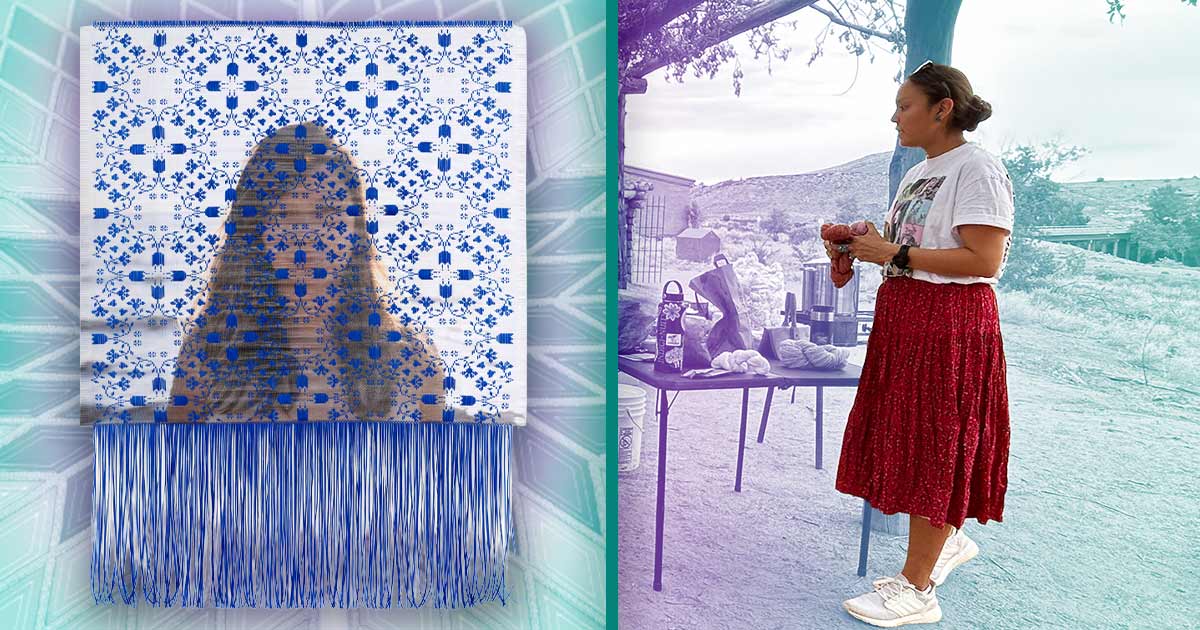
Uplifting Alaska
Marjorie Kunaq Tahbone (Inupiaq, Kiowa) teaches business workshops for Native artists through First Peoples Fund’s Native Artist Professional Development (NAPD) program. Tahbone covers time management tips, art pricing strategies, and other entrepreneurial skills that artists need to build their businesses. As important as the skills are, the learning really begins when workshop attendees discover that growing an arts business is a personal journey. “[Students] realize where they come from is really important,” says Tahbone.
Artmaking often starts at home, especially with traditional Native arts, since customs are passed down from one generation to the next. But for the last year, artists have struggled with marketing and selling their work during a global pandemic. Artists must adapt to the new landscape, continuing with their journey despite the obstacles. “The need [for business development workshops] is high,” says Tahbone.
In response, First Peoples Fund collaborated with Tahbone and others at Kawerak, a nonprofit organization based in Nome, Alaska, to offer virtual workshops for Alaska Native artists. Formed in 1967, Kawerak empowers artists and culture bearers in one of the most remote areas in the world: the Bering Strait Region.
Kawerak is a longtime grantee of the First Peoples Fund’s Native Arts Ecology Building grant program. The program helps Native nonprofit organizations, including Native Community Development Financial Institutions, better support Native artists in their communities through coaching, training and funding.
Responding to the Need
But what do Alaska Native artists need?
With the financial support from a Native Arts Ecology Building Grant, Kawerak led a 2018 comprehensive survey for creative individuals residing in the Bering Strait Region (a study that was modeled after the 2013 Establishing a Creative Economy analysis published by First Peoples Fund). For Kawerak’s study, over 170 people completed a detailed survey, in which 68% reported that they rely on selling their artwork — such as beadwork, sewing/fashion, doll making, wood carving, visual arts, and so on — to supplement their monthly income. Furthermore, the survey identified the need for three business training areas:
- Pricing artwork
- Marketing artwork in galleries, and
- Teaching others about their artmaking practice
In response, Kawerak and First Peoples Fund curated 30 hours of business workshops for Alaskan artists, through, again, the NAPD program.
Kawerak Leads the Way
The survey also brought to light broader policy issues that directly affect artists. Around 44% of the respondents identified ivory and bone as a primary material for scrimshaw and figurine-making. This same percentage also noticed a decline in sales of their art pieces, likely due to bans that forbid possessing or selling ivory.
As a way to help educate the public about the difference between the use of marine ivory versus ivory from elephant poaching, Kawerak collaborated with the Alaskan Walrus Commission, the U.S. Department of Interior, and other organizations to publish a brochure about Alaska Native Ivory. Marine species ivory is regulated by the Marine Mammal Protection Act and takes into account the traditional Alaska Native practice of a no waste approach where all parts of a walrus are used for food, clothing, heat, and art materials.
Alice Bioff, Business Planning Strategist at Kawerak, advocates, “Alaska Native artists who carve Pacific walrus ivory harvested during subsistence hunting are key to our communities’ economic development, keep our traditions alive and strong, and pass down our rich heritage from one generation to the next.
“I see firsthand the economic impact of selling ivory has in our communities. But most importantly how the arts and crafts keep our traditional practices alive and strong, beautiful work being passed down from one generation to the next.”
- Alice Bioff, Public Testimony, March 28. 2017
